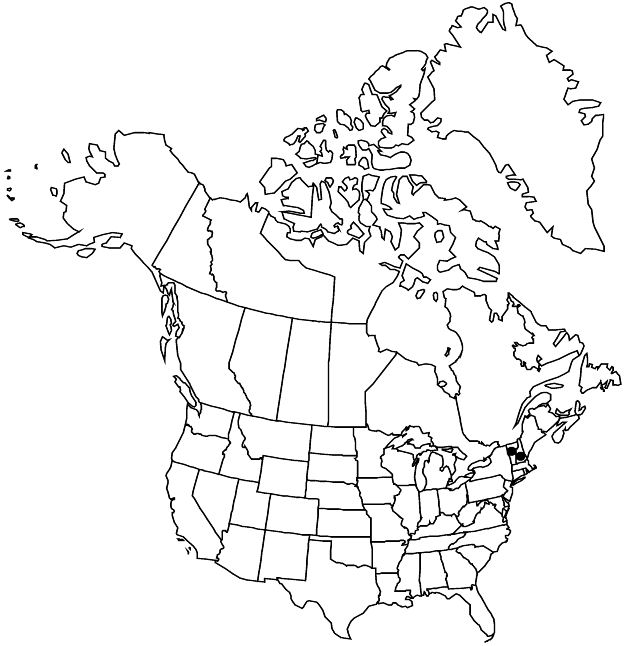Potentilla robbinsiana
Bull. Torrey Bot. Club 23: 304. 1896.
Plants tufted to densely matted; caudex branches short, ± slender, often embedded in old leaf bases. Stems spreading to erect, 0.1–0.4 dm, lengths 1–2 times basal leaves. Basal leaves not in ranks, ternate, 1–2 cm; stipules: apex broadly acute; petiole 0.7–3 cm, long hairs sparse to abundant, spreading to subappresed, 0.2–2 mm, weak, glands sparse to common; leaflets 3, central obovate, 0.5–1.3 × 0.2–1 cm, petiolule 0–1 mm, margins flat to ± revolute, not lobed, distal ± 2/3 evenly incised ± 1/2 to midvein, teeth 2–4(–5) per side, surfaces similar, green, hairs ± abundant (or nearly absent adaxially), 0.5–1 mm, glands sparse to common. Inflorescences 1(–2)-flowered. Pedicels straight, 0.5–3 cm, not much longer in fruit than in flower. Flowers: epicalyx bractlets oblong to elliptic, (1.8–)2–2.5(–3) × 0.7–1.2(–1.4) mm, ± equal to sepals, margins flat to ± revolute; hypanthium (4–)5–7 mm diam.; sepals (1.8–)2–2.5(–3) mm, apex broadly acute; petals yellow, 2–3 × 2–3 mm; filaments 0.5–1 mm, anthers 0.4–0.6 mm; carpels 20–30, styles columnar-tapered, sometimes ± papillate-swollen in proximal 1/3–1/2, 0.8–1 mm. Achenes 1–1.3 mm. 2n = 49.
Phenology: Flowering summer.
Habitat: Moist rocky slopes and flats, in montane tundra
Elevation: 1400–1600 m
Distribution

N.H., Vt.
Discussion
Of conservation concern.
Potentilla robbinsiana is known only from two sites in the White Mountains, Monroe County, New Hampshire, and is reported in Vermont. Additional populations have been established nearby as a result of transplant efforts. Listed in 1980 as a federally endangered species, an intense recovery program resulted in the species being delisted in 2002.
Some early specimens were distributed as Potentilla frigida Villars, a similar European species.